We visited Bruges for the day on the Eurostar from London in February; unfortunately it was absolutely pouring it down. On the plus side it meant there was no-one else there; I think we saw about 5 other people for the whole day which is unheard of in this very popular destination.
If you are visiting at a more peak time, my advice would be to get there early or spend a night. This is because a lot of people come on day trips and arrive from about 10am-11am on the train. Those couple of hours first thing could make all the difference to you seeing the main sites in peace.
Our visit only just scratched the surface, but we had fun exploring the architecture, canals and history of Bruges. Here are my top 10 things to do in this beautiful city in the middle of winter.
Table of Contents
Things to do in Bruges
The Markt
This is most famous area in Bruges and has to be the first stop on any itinerary for a few snaps of the beautifully coloured buildings
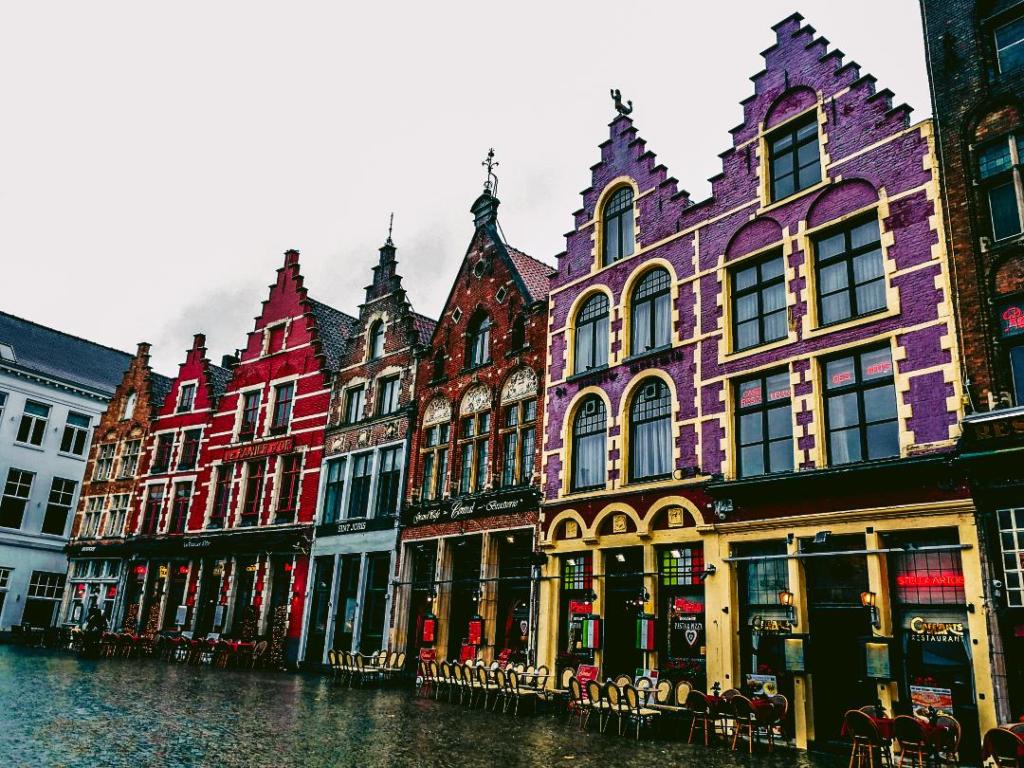
Historium
As it was raining we went in to Historium just off the Markt to learn about Bruges’ history. We were the only people in there so did the interactive tour just the two of us, which followed the story of a young boy working in medieval Bruges. It was actually quite good and well worth a visit, especially if you have kids with you.
Torture Museum
We also visited the Torture Museum just down the road, which although a bit gruesome was very interesting. The museum is based in one of Europe’s oldest prisons and exhibits over 800 torture items – I am so glad they aren’t still used today!
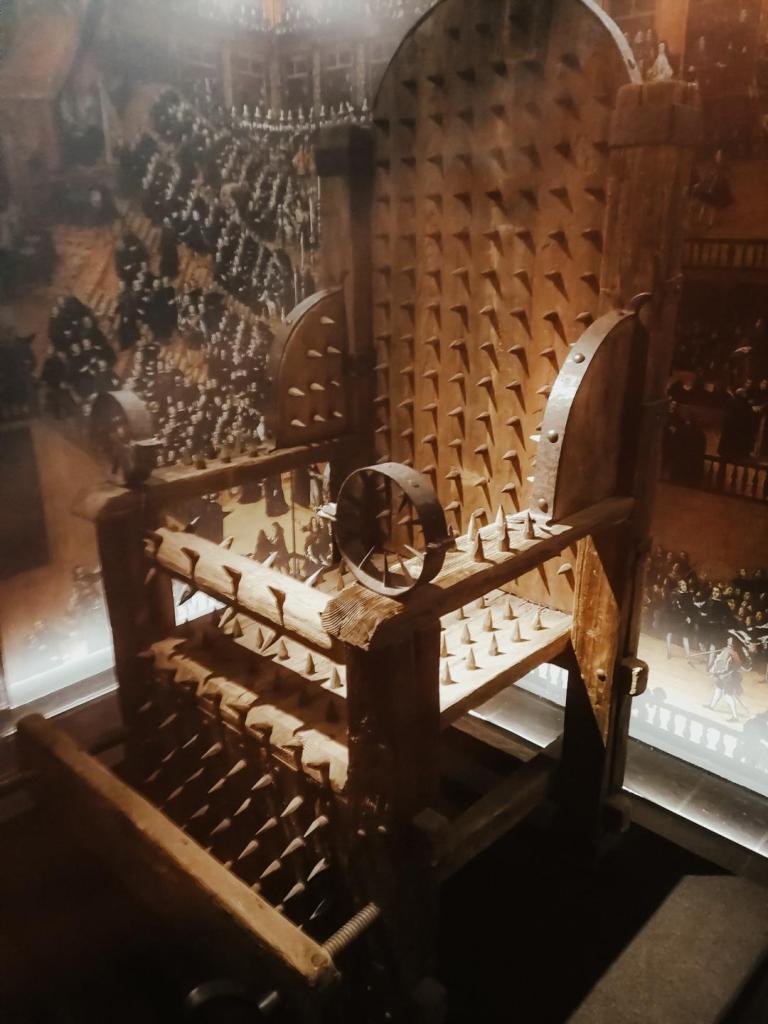
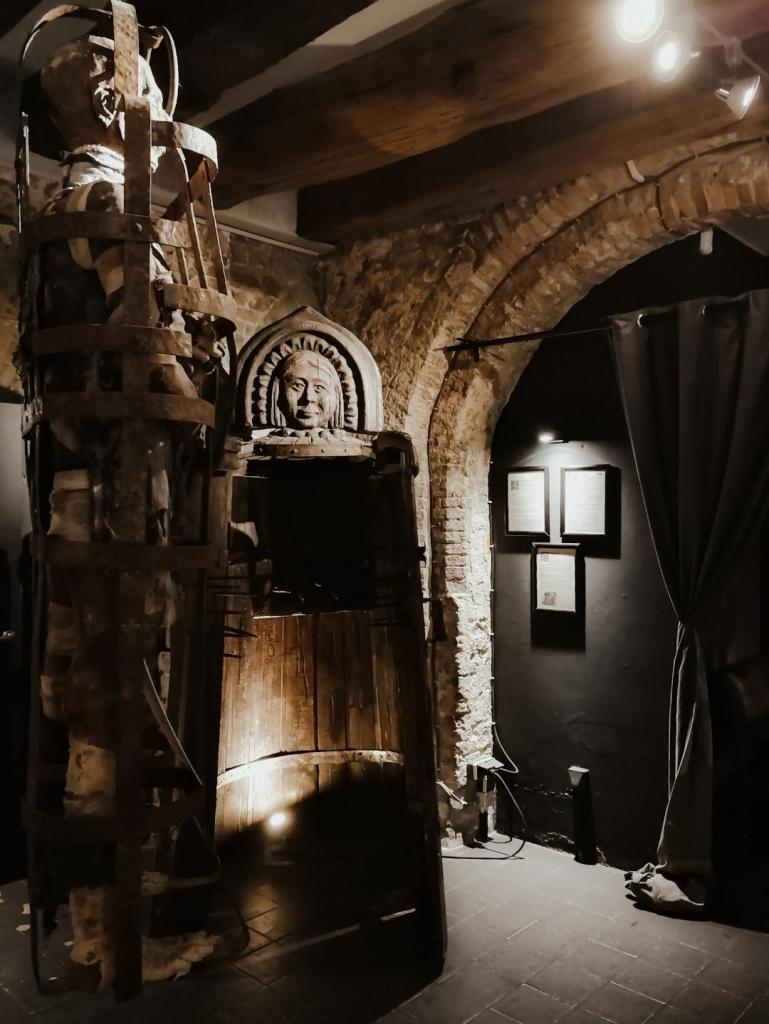
The Belfry
The Belfry of Bruges is a medieval bell tower in the town centre. One of the city’s most prominent symbols, the belfry formerly housed a treasury and was anobservation post for spotting fires.
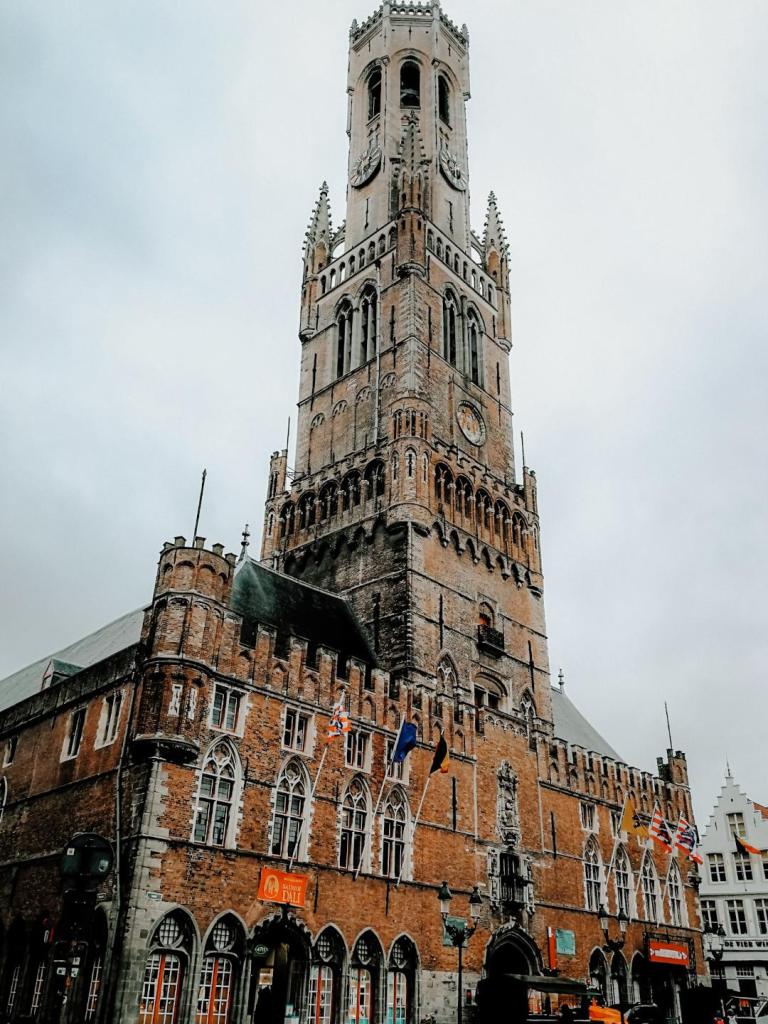
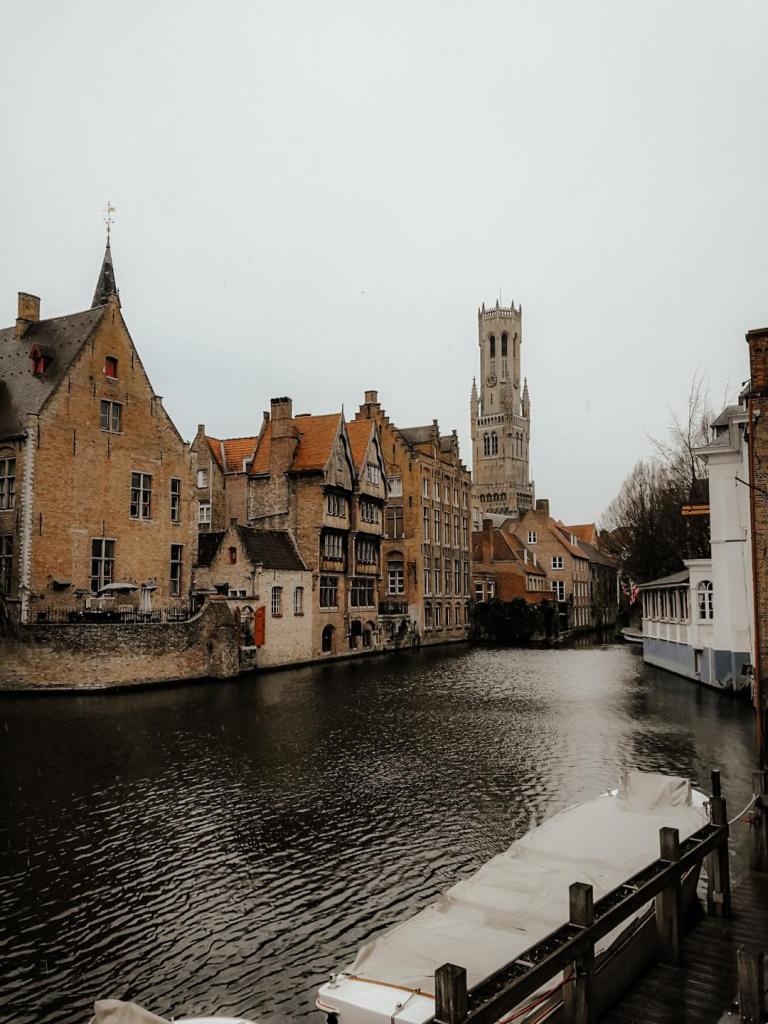
The Burg, City Hall & Basilica of the Holy Blood
This area was already inhabited in the 2nd century AD, and in the 9th century it became the base of operations of the Count of Flanders. The Palace of the Liberty of Bruges was the place from which the surrounding countryside was governed from the Late Middle Ages until 1795. Then the buildings were occupied by law courts for nearly 200 years. You will also find the Basilica of the Holy Blood, where the relic of the Holy Blood is kept. I mainly just liked it for the buildings!


Rozenhoedkaai
This is one of the most famous areas of Bruges, being one of the most photographed views of the city. The Quay of the Rosary is definitely a lovely view of the classic canals and buildings. In the summer, you could take a boat trip on the canals, but in February none were running – on the plus side we had the view point to ourselves.

Belgian Chocolates & Waffles
Belgium is famous for its chocolate, its waffles and its Frites. It’s definitely worth sampling them on any trip – they are absolutely delicious!


Bonifacius Bridge
Another key tourist site in Bruges is the Bonifacius Bridge, which was built in 1910 and gives some of the most quaint views out across the canals. It actually reminded me of Cambridge.

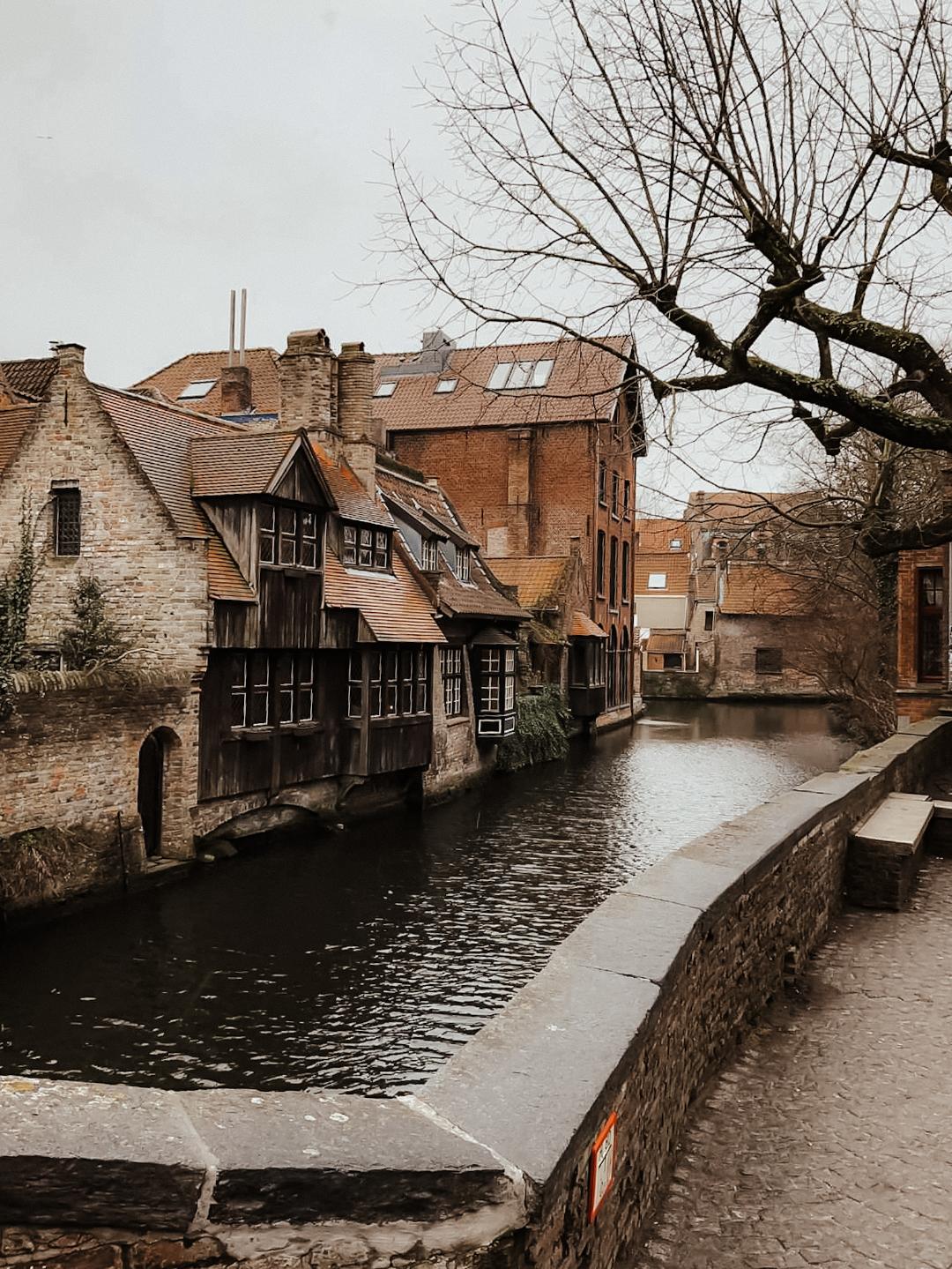
At Bonifacius Bridge
Church of our Lady Bruges
The catholic church of our Lady was built in the 13th-15th centuries and sits right next to Bonifacius Bridge. It’s quite beautiful inside and out and it displays a valuable art collection, including Michelangelo’s Madonna & Child.
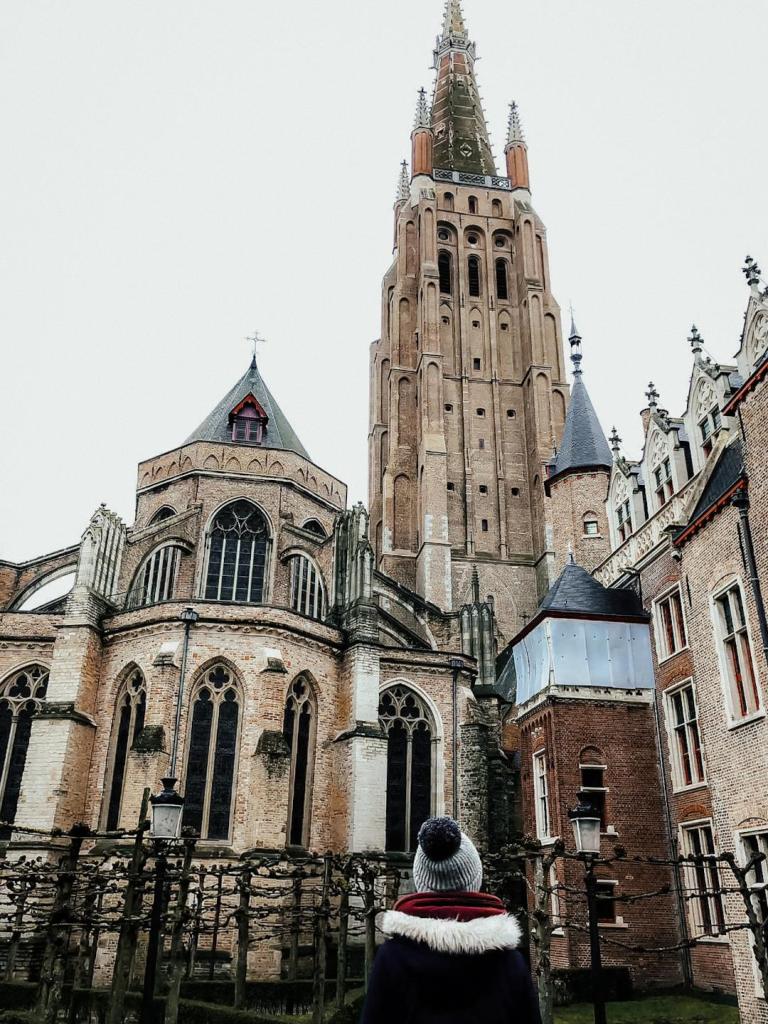
Minnewater
In the south of Bruges is the Minnewater, also known as ‘Love Lake’ – a small lake surrounded by trees and a park. The Belgian love story of Minna and her Stromberg resulted in a popular legend which says that eternal love will befall couples who cross the Minnewater Bridge! To be honest I just felt really cold.
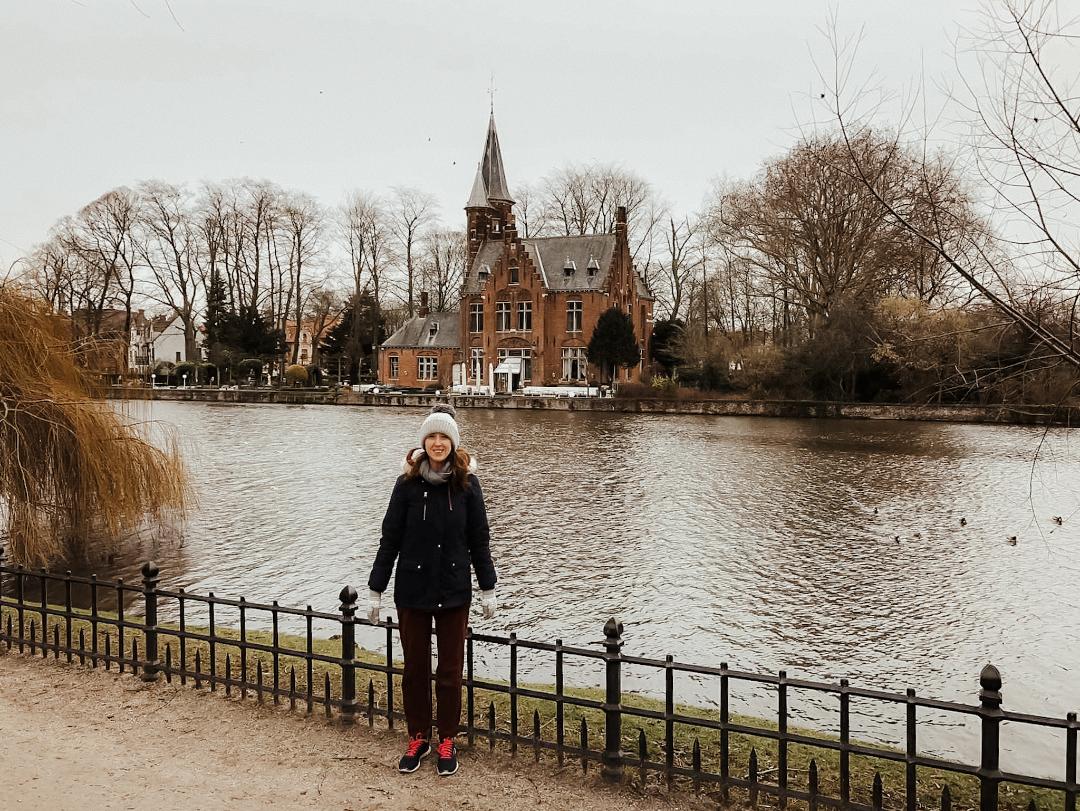
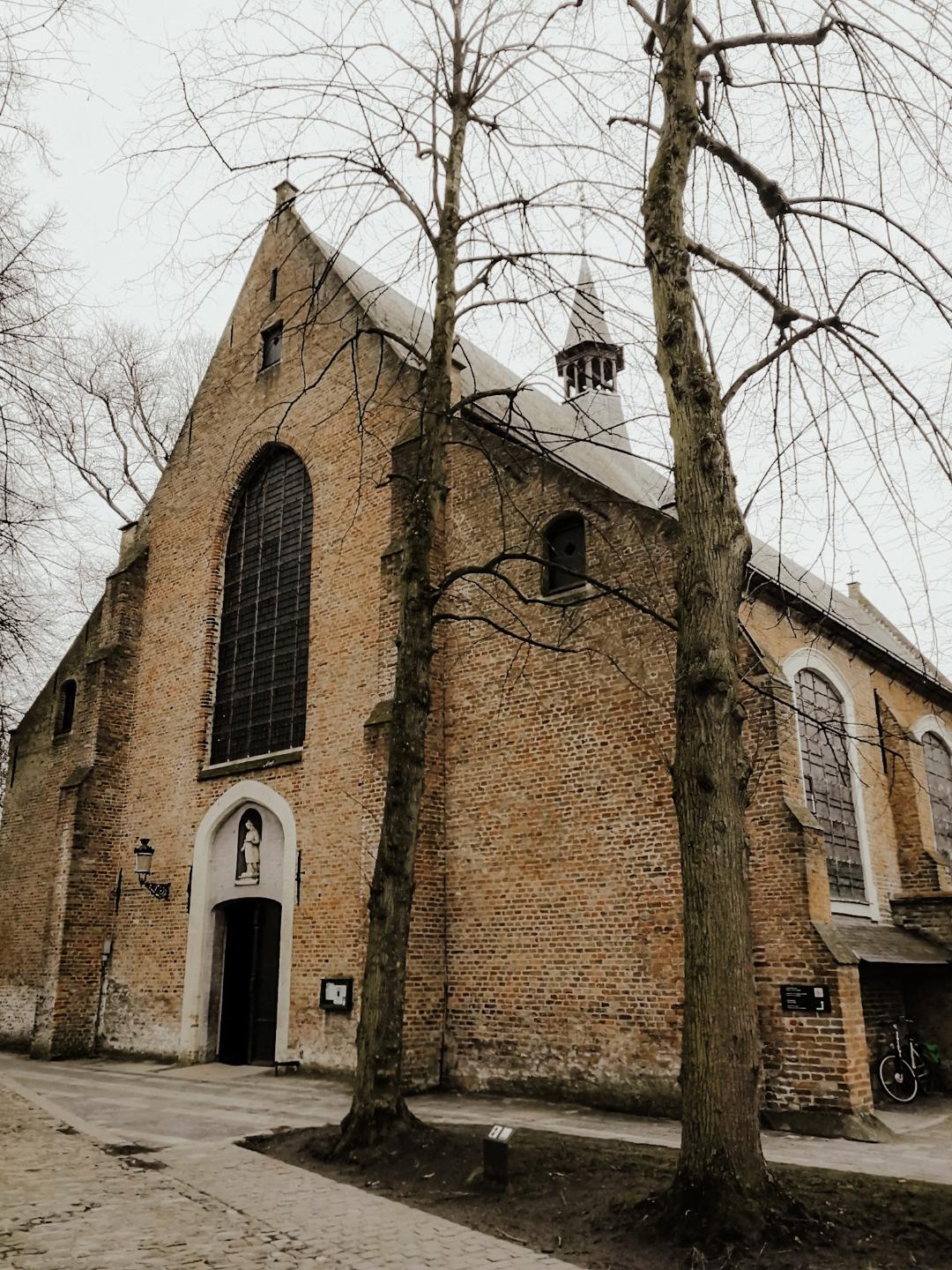
At Minnewater (freezing cold)
And that was it for 12 hours in Bruges. I’d definitely like to go back to Bruges one day for a bit longer to explore more, and preferably with better weather as it really is a lovely city.
Thanks for reading! Let me know if you’re planning to visit Bruges, have any questions, or what you thought of Bruges yourself in the comments below.

Leave a comment